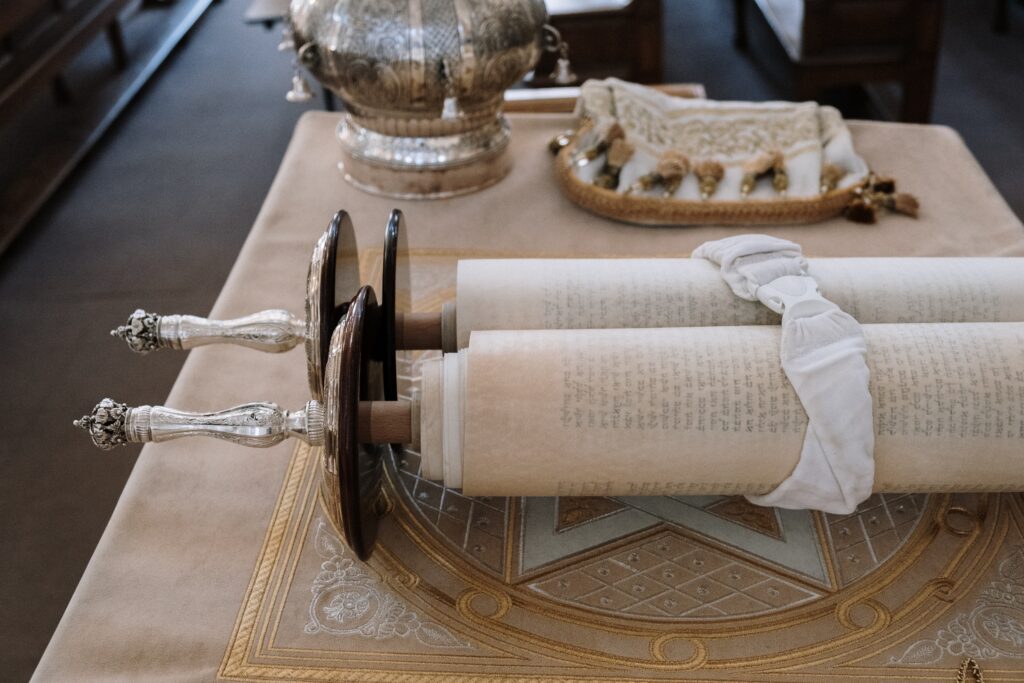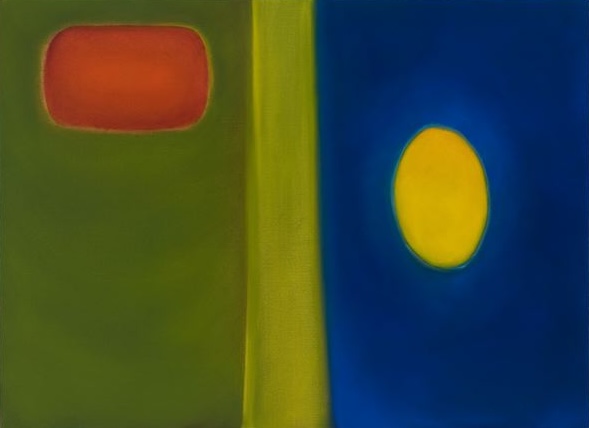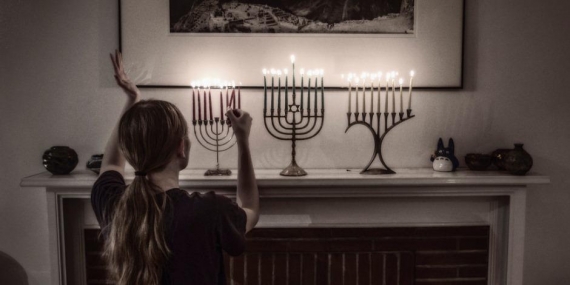Here is a custom I had not yet heard about; perhaps some of you have, but some, like me, may find this new.
Monday of this week I was at a funeral at the synagogue where I belong with my family. The memorial service and hesped was in the shul itself, due to the large numbers of people who came to pay honor to an elder of our community who was so very dear to so many people. Libby Erlitz, z”l was also one of our regular Torah readers, and always read on Rosh Hashanah. The rabbi leading the service explained the following custom attributed to Rabbi Meir of Rothenburg: when a memorial service is held in a synagogue building where the person being honored was a regular Torah reader, during the chanting of El Malei Rachamim , the Torah is taken out, uncovered, and laid on the reading table. The table, in this instance, was covered with one of the many hundreds of exquisite patchwork pieces that Libby herself had made.
It was a moment of such awesome power that it defies description, and I hope it may move some of you to adopt this custom where appropriate.













